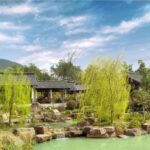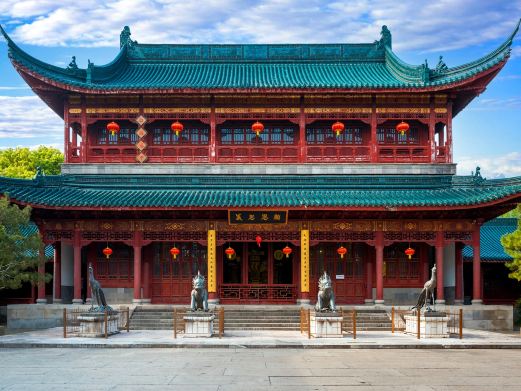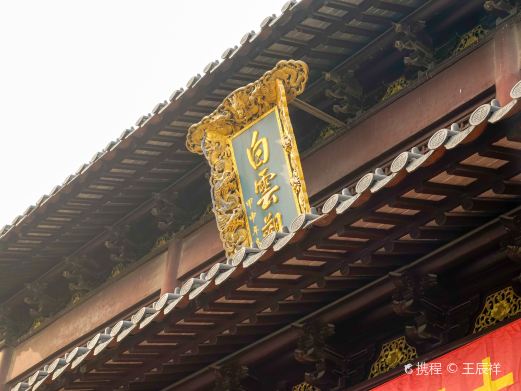Yunlong Mountain, with its undulating shape resembling a dragon and often shrouded in clouds, has earned its name. Despite its modest altitude of only 142 meters, Yunlong Mountain is rich in cultural relics and historical sites, and has long been a famous scenic spot in Northern Jiangsu. When Su Dongpo, a renowned poet of the Song Dynasty, served as the governor of Xuzhou, he frequently climbed the mountain to appreciate the views and is known to have reclined on the mountain stones, intoxicated by the beauty. His inscription and calligraphy of the ‘Fanghe Pavilion Inscription’ can still be found within the mountain today.
From the Northern Wei Dynasty to modern times, the mountain has preserved historical relics such as the large stone Buddha from the Northern Wei era, cliff carvings from the Tang and Song dynasties, the Fanghe Pavilion, Zhaohe Pavilion, Yinhe Spring, and the former residence of Zhang the Hermit from the Song Dynasty; the Xinghua Zen Temple from the Ming Dynasty, the Daxian Rock, Shanxi Guild Hall, Boat Hall, Imperial Stele Pavilion, and Stele Corridor from the Qing Dynasty.

Recently, a number of historical scenic spots have been restored and newly constructed, including Yousui Pavilion, Dongtian Xiaolu, Kuayun Pavilion, Yunlong Academy, Xinghua Village, Viewing Platform, and Tongxin Platform, enriching the mountain’s cultural and historical offerings. The mountain is open to visitors all year round from 07:00 to 21:00.

Yunlong Mountain
Yunlong Mountain, with its undulating shape resembling a dragon and often shrouded in clouds, has ea[...]









